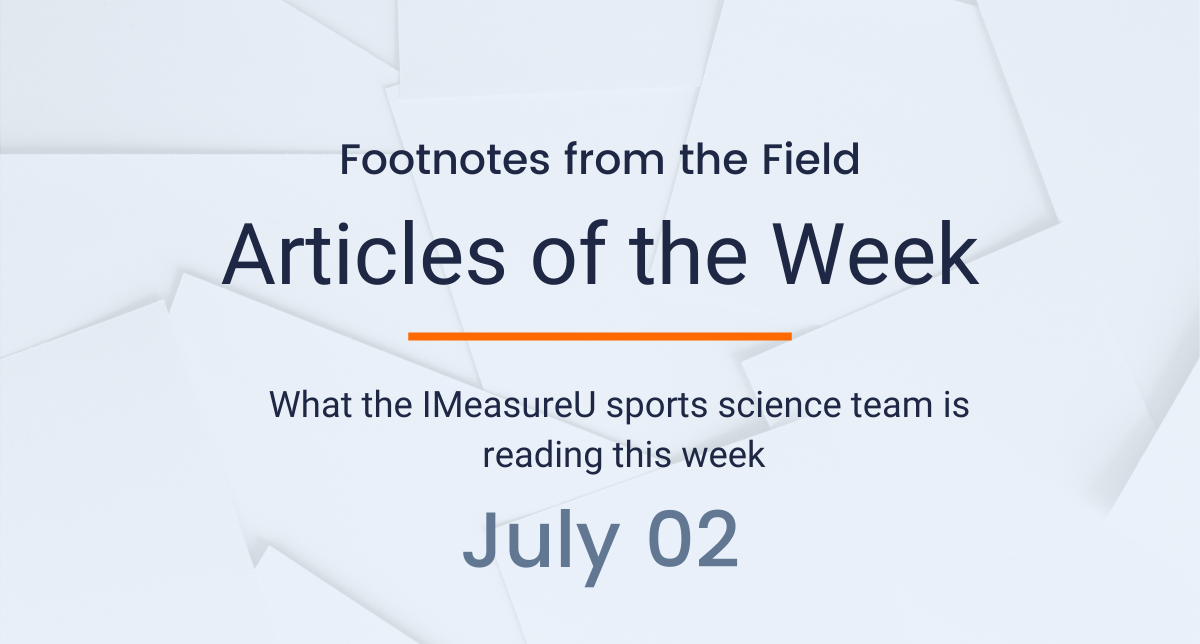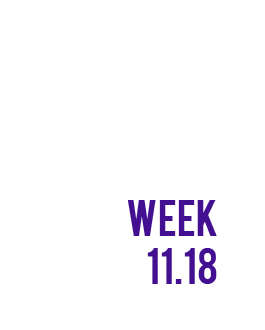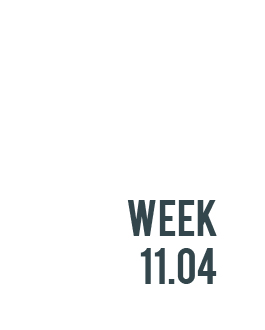
Here’s what the sports science team at IMeasureU is reading this week:
The first article this week comes from Stephanie Lazarczuk in the June 2020 edition of the Scandinavian Journal of Medicine & Science in Sport. It is this article that Jaime Valadao and Dan Savin from the IMeasureU team reviewed in the video above. In this video they were also joined by the author herself to discuss the intricacies of the article. Stephanie and colleagues aimed to investigate the epidemiology of injuries attributed to kicking in professional rugby, including playing position‐specific effects and differences in kicking volumes and kick types. They concluded that match kicking profiles and kicking injuries sustained are position‐dependent, which provides valuable insight for developing player‐specific conditioning and rehabilitation protocols.
The second article in this week’s list comes from Yasir Alshehri and colleagues in the Gait Posture Journal. The authors aimed to investigate whether patients with ACLR show significant and meaningful between-limb shank angular velocity asymmetries during walking and walking fast at 4 and 6 months post-surgery and to determine whether limb asymmetries are related across gait tasks and time. The concluded that individuals with ACLR presented with significant and meaningful shank angular velocity asymmetries during walking and walking fast at 4 and 6 months post-surgery.
The final article comes from Warren Gregson and colleagues in the Journal of Sports Science & Medicine in Sport. The authors aimed to investigate the impact of physical efforts performed in the period preceding activity as a potential risk factor of muscle injury during match-play within a sample of professional soccer players. The authors of this observational study concluded that the volume of sprinting during competitive soccer match-play has a harmful association with muscle injury occurrence.
For more sports science check out our blog for in-depth case studies and industry updates. Also, be sure to sign up for our newsletter below so you are always up to date with the latest research.




